Does Ketamine Therapy Get You High?
May 08, 2025 in Research,
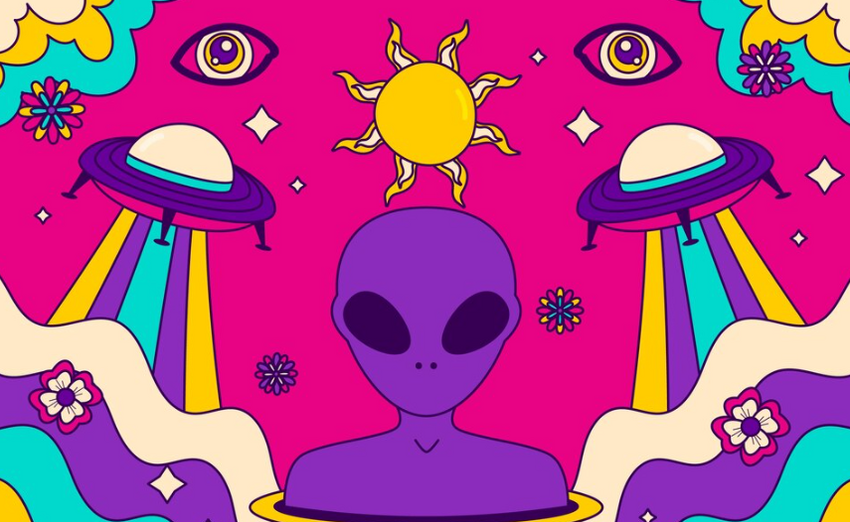
Before we discuss whether ketamine therapy gets your "high," it's worth noting that around 2% of U.S. adults have tried ketamine at least once in their lifetime (ABC News, 2023).
Over the recent years, Ketamine therapy has emerged as a promising treatment for depression, anxiety, PTSD, and chronic pain; especially for those who haven't had signs of success to conventional treatments. However, prior to it being given by licensed prossionals, its origins began as a recreational drug (often referred to as "Special K"), it was illegal and usually purchased from someone who had a connection to a vet as it was easier back then to get it since they didn't account for it as they do today.
What Is Ketamine?
Ketamine was developed in the 1960s as a fast-acting anesthetic. In medical settings, it has been widely used in operating rooms, emergency departments, and battlefield medicine because of its safety profile. In recent decades, research has uncovered its profound impact on neuroplasticity and mood regulation, leading to its use in mental health therapy.
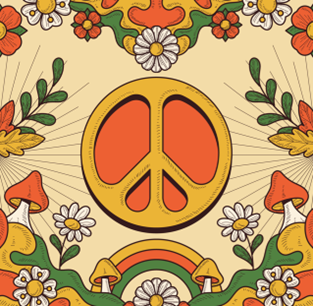
Ketamine Case Study
We spoke with a recent Ketamine Therapy patient that also used it as a recreational drug in the early 2000's to ask his experiences on the difference between recreational and therapy. He shared that his two favorite drugs back then were Ecstasy and Special K, often used in party settings for their euphoric and dissociative effects. He used to pop Ecstacy pills and snort the Ketamine. Ecstasy was much stronger on the body, creating intense physical sensations and emotional highs, but also came with harsh comedowns and lingering exhaustion.
In contrast, Ketamine felt more introspective and surreal, with less physical toll but a deeper psychological impact. Regardless, he said that snorting Ketamine alone got your really high; almost a floating numbing sensation, but also as if you were in a cartoon setting that had feelings of euphoria & hallucinations. If you snorted too much, you would go into what they call the black hole where everything around you turns black and you can't see. This effect usually last several minutes give or take. He's heard of some cases of friends that took way too much where parts of their body such half their face become permanently numb or partially numb.
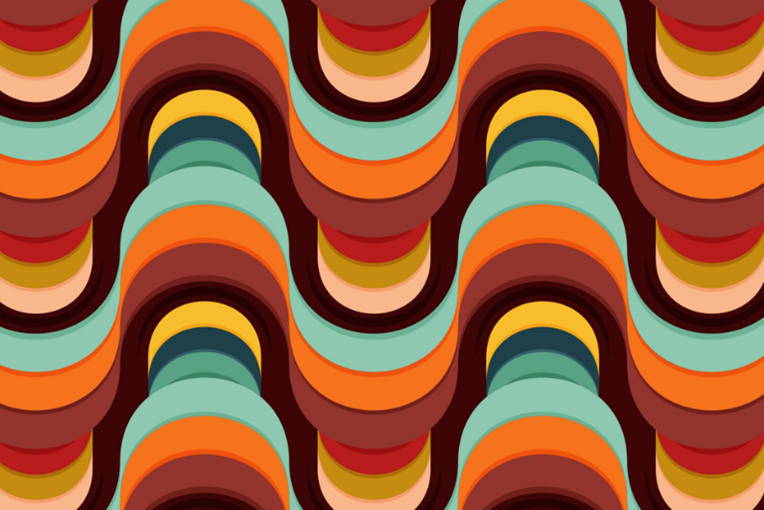
It's now been 20 years later and he started taking Ketamine treatment from a licensed physician which is not given in form of powered to snort, but it's now administered via IV Infusion, IM Injection, Lozenges/Troches (oral), or Nasal Spray (esketamine/Spravato). This is now done in a much more controlled environment from how it's administered to the amount you get.
Doses are lower-to-moderate, carefully titrated to induce a state where the brain becomes more plastic and open to therapy; not to “trip".
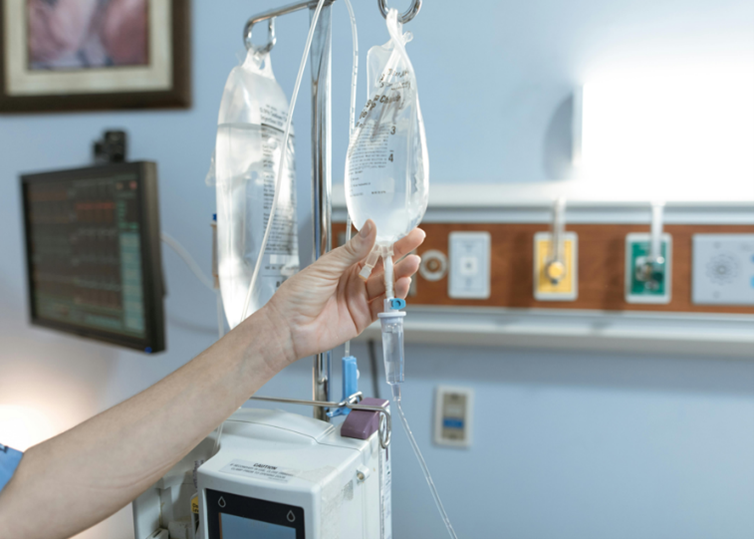
After being on this treatment for two months, he has confirmed significant improvements in his mood, clarity, and ability to process long-held emotional trauma without the crazy highs and down effects of recreational use.

What Do the Stats Say?
- According to a 2022 systematic review in The American Journal of Psychiatry, up to 70% of treatment-resistant depression patients showed significant improvement after just one ketamine infusion.
- The FDA-approved esketamine (Spravato) nasal spray has been shown to reduce symptoms of depression within hours, with 68% of patients responding positively in trials.
- A 2021 survey of 1,247 patients in ketamine-assisted therapy found that less than 5% reported euphoric or "high-like" feelings as their main experience; most described it as "introspective," "emotionally intense," or "mystical."
How Is Safety Maintained?
Medical ketamine therapy is performed under strict supervision:
- Medical screening before treatment
- Monitoring of blood pressure and heart rate
- Post-session integration therapy to help process the experience
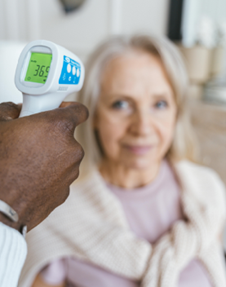
Final Thoughts
So, does ketamine therapy get you high? Not in the way you might think. While some of the dissociative effects may resemble a "high," the therapeutic setting, dosage, and intent are vastly different. Ketamine therapy isn't about escapism—it's about healing.
As with any treatment, it's important to consult a qualified provider and consider your medical history. Ketamine therapy isn't right for everyone, but for many, it's a transformative step toward better mental health.
